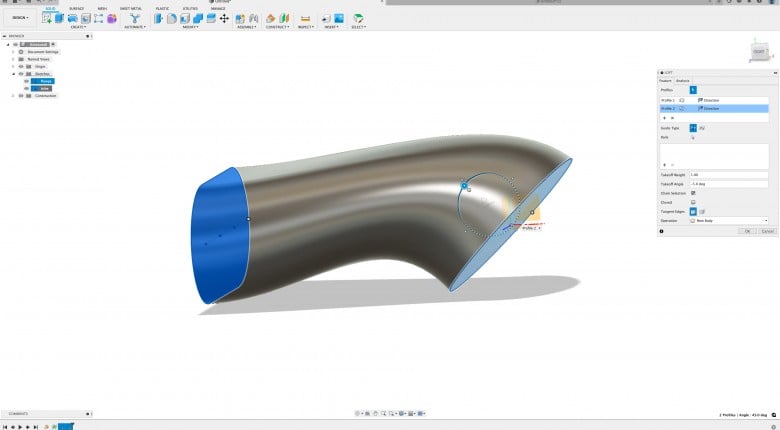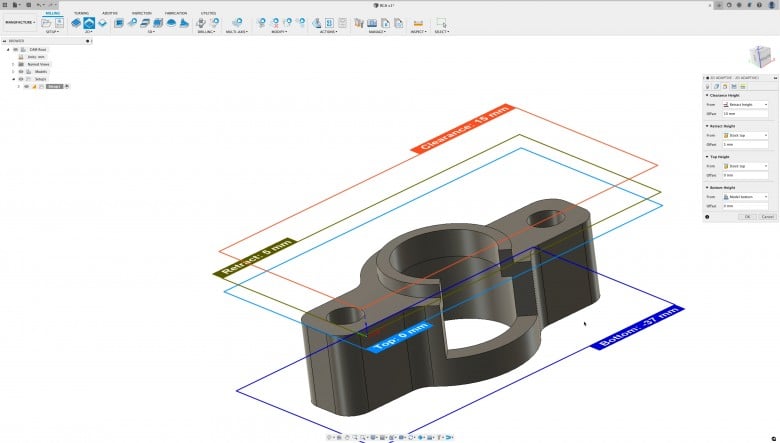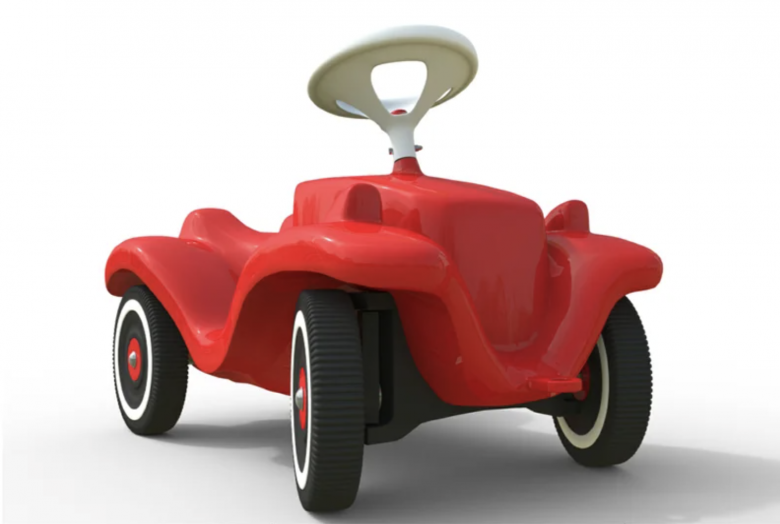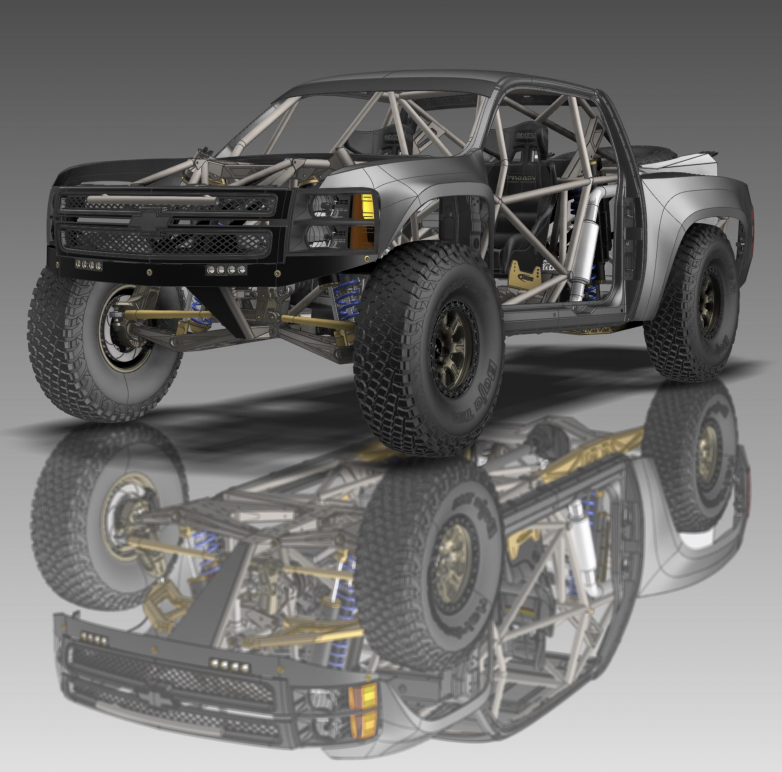Parametric modeling and direct modeling are two distinct approaches to 3D modeling in the field of computer-aided design (CAD). Let's explore the differences between these two modeling techniques and provide some use case examples for each to show why we strongly prefer to use parametic-based CAD software like Autodesk Fusion 360 and SOLDWORKS Makers in the 3D Modeling & CAD for Motorsport course.
Parametric Modeling
Parametric modeling is a design approach that utilizes parameters and constraints to establish relationships between different features and elements of a 3D model. Here are some key characteristics of parametric modeling:
- Design Flexibility: Parametric modeling allows for easy modification and editing of designs by changing the parameters or constraints. The model updates automatically, and related features adjust accordingly.
- Design Intent: Parametric modeling focuses on capturing the design intent, ensuring that the intended behavior and relationships between features are preserved throughout the design process.
- Relationships and Dependencies: Parametric models are built on relationships between features, such as dimensions, geometric constraints, and equations. These relationships define how different components interact with each other.
- Design History: Parametric models maintain a history of the design process, enabling users to revisit and modify any step in the design evolution.
Use Case Examples for Parametric Modeling:
- Automotive Part Design: Parametric modeling is extensively used in automotive design for creating complex parts with well-defined relationships and dependencies. It allows designers to iteratively refine designs, optimize for manufacturing methods, and incorporate design changes while maintaining design intent.
- Aerospace Engineering: Parametric modeling is vital in aerospace engineering, where precise control over design parameters and relationships is essential. It enables engineers to optimize designs for weight reduction, aerodynamics, and structural integrity while ensuring compliance with strict industry standards.
- Consumer Product Design: Parametric modeling is beneficial in designing consumer products with customizable features. For example, it enables the creation of parametrically adjustable furniture, where dimensions can be modified to fit different spaces or user preferences.
Direct Modeling
Direct Modeling: Direct modeling, also known as explicit modeling or non-parametric modeling, focuses on manipulating the geometry directly without relying on predefined relationships or constraints. Here are some key characteristics of direct modeling:
- Flexibility and Quick Edits: Direct modeling offers greater flexibility in making quick modifications and edits to the geometry. Changes can be made directly to individual features without affecting the entire model.
- Real-Time Manipulation: With direct modeling, designers can interactively modify the geometry by pushing, pulling, and dragging elements. This real-time manipulation enables rapid exploration of design variations and creative experimentation.
- Non-History Based: Direct modeling treats each modification independently, without relying on a design history or predefined relationships. This makes it easier to work with imported or non-parametric models that may not have explicit design intent captured.
Use Case Examples for Direct Modeling:
- Conceptual Design: Direct modeling is well-suited for the early stages of the design process, where designers need the freedom to explore multiple design options and quickly iterate on ideas. It allows for creative exploration and the generation of innovative design concepts.
- Reverse Engineering: Direct modeling is valuable in reverse engineering applications, where existing physical objects are scanned to create digital models. It enables designers to manipulate and optimize the scanned geometry without the need for explicit design parameters.
- Artistic and Sculptural Modeling: Direct modeling finds applications in artistic and sculptural modeling, where the focus is on freeform design and expressive shapes. It enables artists and designers to sculpt and manipulate virtual clay-like models in a more intuitive and creative manner.
Conclusion
In summary, parametric modeling emphasizes design intent preservation, relationships, and history-based editing, making it suitable for complex designs with well-defined relationships. On the other hand, direct modeling offers flexibility, quick edits, and real-time manipulation, making it preferable for conceptual design, non-parametric models, and artistic applications. The choice between parametric and direct modeling depends on the specific design requirements and the stage of the design process and it is not unusual over time to find a personal use case for both depending on your specific goals.
If you want to learn how to use CAD software for automotive/motorsport applications, enrol in the 3D Modeling & CAD for Motorsport course now.









